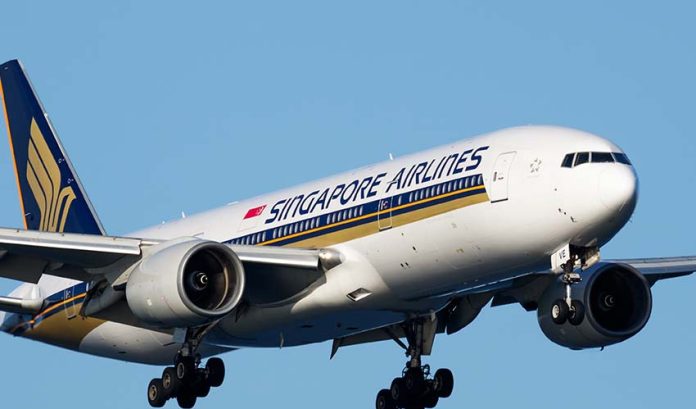The miracle of modern aviation has transformed the world, connecting distant lands and cultures in ways unimaginable just a century ago. Yet, amidst the marvels of flight, there exists a reminder of the unpredictable forces of nature: turbulence. The recent tragic incident involving a Singapore Airlines flight from London serves as a stark reminder of the potential dangers lurking in the skies.
On that fateful journey, one passenger lost their life, and 30 others sustained injuries as the aircraft encountered severe turbulence en route, necessitating an emergency landing in Bangkok. The ordeal left survivors and witnesses grappling with a harrowing experience, recounting moments of sudden drops and violent shaking that sent unsecured passengers hurtling into the cabin ceiling.
As investigators piece together the events leading up to the incident, the broader aviation community is once again confronted with the sobering reality of turbulence-related accidents. While air travel remains one of the safest modes of transportation, turbulence remains a persistent threat, responsible for a significant portion of reported airline incidents.
According to a study by the National Transportation Safety Board, turbulence-related accidents account for over a third of reported airline incidents. While most of these incidents result in serious injuries rather than aircraft damage, they underscore the need for continual vigilance and improved mitigation strategies.
For Singapore Airlines, renowned for its impeccable safety record and commitment to excellence, the incident marks a rare blemish on an otherwise sterling reputation. With no major accidents in recent years, the airline’s swift response and cooperation with authorities highlight the importance of preparedness and crisis management in the face of adversity.
While the specifics of the incident are still under investigation, it underscores the critical role of turbulence awareness and preparedness for both passengers and crew. Adequate seatbelt usage and securing loose belongings are paramount to mitigating the risks associated with turbulence, ensuring the safety and well-being of all onboard.
Furthermore, advancements in technology and data analytics offer promising avenues for enhancing turbulence detection and prediction, empowering airlines to proactively navigate hazardous weather conditions and minimize exposure to potential risks. Collaborative efforts between airlines, regulatory agencies, and industry stakeholders are essential to driving innovation and implementing best practices to safeguard air travel.
As the aviation industry continues to evolve, it must remain steadfast in its commitment to safety and resilience, leveraging lessons learned from past incidents to inform future practices and protocols. While turbulence may remain an inherent aspect of air travel, it is through collective diligence and innovation that we can strive to ensure safer skies for all.
In the wake of tragedy, there is an opportunity for reflection and renewal, as we reaffirm our dedication to the pursuit of safer, more secure air travel experiences. Let us honor the memory of those affected by turbulence-related incidents by redoubling our efforts to uphold the highest standards of safety and resilience in the skies.




